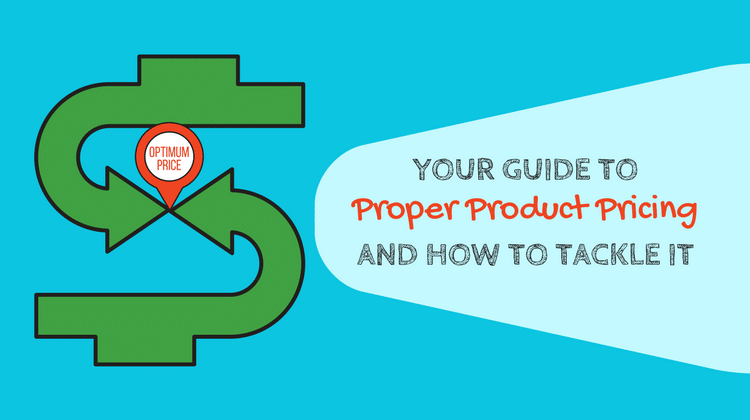
Sponsored by Feedvisor:
If you’re going to sell a product or service, you need to find the right price – and that’s not always straightforward. It needs to be high enough for you to make as much profit as possible and still low enough for your core clientele to afford it. It’s a balancing act. Add to that the competition of other companies who try to do the same thing, and it’s easy to see why management scratches its head over pricing.
The minimum price is always determined by the cost, but the maximum price (and optimum price) is determined by the market and the players in it, as any successful Amazon seller who has benefited from Feedvisor’s Amazon repricer tool will tell you. Actually, it’s even fair to say that the minimum cost is decided by the market as well. Here’s your guide to proper product pricing and how to tackle it.
Getting It Right
The perfect price is an ideal concept, but it doesn’t really exist. There’s simply no way to find the optimum price unless you can sell in two separate but otherwise exactly similar locations at the same time. You can, however, measure your success at the end of the month. To get it right (or as close to perfect as possible), you should consider the following three things:
1. Product lifecycle
When a product is new and hot, it can be priced higher; when a product is no longer new, and the competition threatens to launch a similar – or even better – product than yours, your product should be priced lower. Your product will have a natural lifecycle in the market, and should be priced accordingly.
2. Management Pricing
This is often considered to be the worst strategy – it means you price the product according to what management thinks it should cost, believing that the public will be willing to pay that price. It may work out (if you’re lucky), but in most cases such pricing will be ill-informed and can be greatly improved upon.
3. The Customer
This approach takes the consumer into consideration and prices the product according to what customers are actually willing to pay (it’s usually based on surveys and other means of gathering pricing information).
As you can see, there are various ways of arriving at a decision, but here’s the main issue: you should always consider all factors when putting a price on your product. The price of the product is not just a reflection of the costs that are involved in creating it – the price of the product is a dynamic issue that depends on many market forces, and should be adjusted accordingly. It’s dynamic. It’s alive. It’s something that should be reconsidered regularly to make the most profit possible. Only then can a company truly grow.